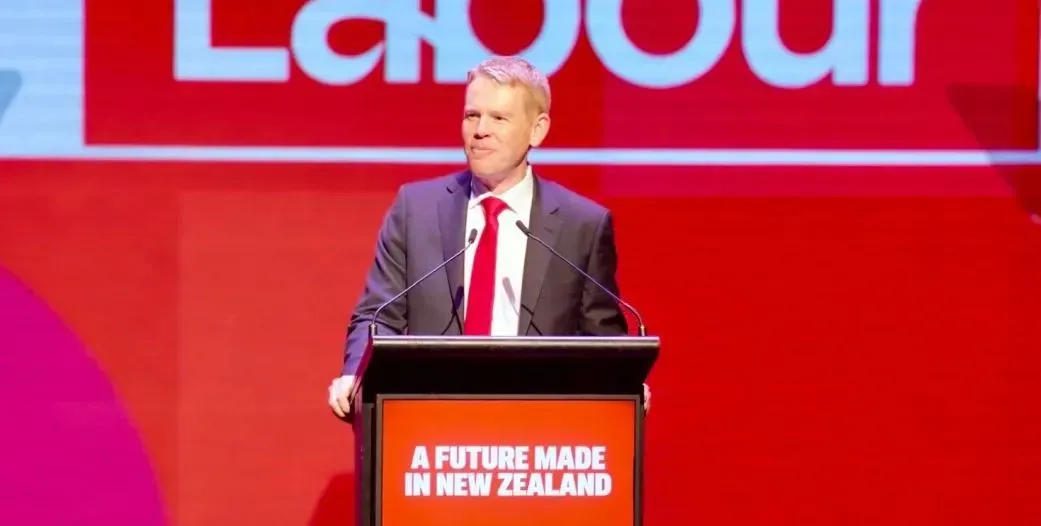KSK
Stuff It
Once Again, MSM Misrepresents Reality
A Stuff article on 16 October by Northland reporter Denise Piper featured Northland Maori. She met with some of them from the small town of Moerewa. According to her Stuff profile, Denise Piper has been reporting in Te Tai Tokerau for more than ten years, so she is no stranger to the area and will have visited genuinely remote locations with their associated difficulties.
Northland, especially the far north, is undeniably a problematic area for service delivery. Overall, Northland has a small population spread over a large area so service delivery presents challenges with remote towns, families living in significant social deprivation, poor roading and a lack of public transport. It is a low socio-economic area, and health challenges are significant.
Back to Moerewa. Moerewa is a small rural town on SH1 in Northland. It is not a wealthy town. It has shops long-closed and, among others, a café, a food market and a second-hand shop. The shopping strip looks tired and dispirited, as shown in the photographs accompanying the article. Affco, the meat processing plant that lies to the southern end of the town, is the largest regional employer. But it is a town with a considerable measure of dignity and self-respect, if you take the number of neatly-mown lawns visible from the main highway as a rough indicator of pride.
The Stuff article reported that Rugby for Life trustee, Riki Kinnaird, believed Northland Maori “felt removed from the pandemic and had other problems to focus on”; a statement that may be true, especially of those living further north. A representative of the Otiria Rugby Club, based in Moerewa, said that “Moerewa felt remote and isolated from the pandemic”. Otiria rugby grounds and their clubrooms are one street off SH1, and the clubrooms were a vaccination site.
Super Saturday saw buses organised for the community. Those vaccinated went into a draw to win prizes, including cash provided by a clothing sponsor, along with “hangi packs, giveaways and fun activities”. Two out of five people interviewed in Moerewa by Stuff said they would not be vaccinated. So, regardless of the buses and bribes, 40% of those asked would remain outliers.
If we take a look at Stats NZ for Moerewa, the following data is available from the 2018 Census:
- Population 1,632. 90.1% are of Maori descent.
- Median age 29.2 years, with Maori median age 27.9.
- Less than 10% of the Maori population are over 65.
- 35% of the total population are regular smokers – 16.7% male and 18.8% female.
- 68.8% of the total population drive their own vehicle, 7.0% drive a company vehicle, 7.0% work at home, and 5.9% walk or jog to work.
- 50% own or partly own their own home, and 6.2% of home ownership is held in a family trust.
- 88.6% have access to all basic amenities, with 0.0% with no access to any basic amenities.
- 60.7% had access to the internet, 88.5% had access to a cell phone/mobile phone, and 65% had access to a telephone.
To the south of Moerewa is the slightly larger township of Kawakawa, just 6.8 km on SH1 and home to more retail outlets, the iconic centre-of-the-road train, Gabriel, and the Hundertwasser toilets. Kawakawa is also home to the Bay of Islands Hospital. Facilities at this 20-bed hospital include:
- A mixture of general medicine and paediatric beds
- 5 post-natal beds with 2 delivery suites
- 8-bed A&E department with 2 resuscitation bays
- Radiology and laboratory services
- 8-station haemodialysis unit – a support service to the Whangarei Hospital renal services
- Physiotherapy and occupational therapy
- Outpatient clinics
- Community service health services including paediatric outreach services, diabetes community nursing, public health and social work.
This hospital and Kawakawa’s more vibrant township is an 8 minute easy drive on SH1 from the township of Moerewa. How can this town possibly be described as remote?
Again, south from Moerewa and 48 minutes or 60.7 km, away is Whangarei, New Zealand’s northernmost city and the regional capital of the Northland region, with another hospital and with infrastructure and services indicative of a growing and increasingly energetic city.
In the Stuff article, we are asked to believe that the township of Moerewa on SH1 is far from the madding crowd with limited access to services. This is demonstrably not so. Why has Stuff misrepresented this town at the expense of those that actually do fit the ‘remote’ descriptor?


![[The Good Oil] Stuff Up of the Day](/content/images/size/w1304/format/webp/2024/09/Stuff-up-image-1.webp)






